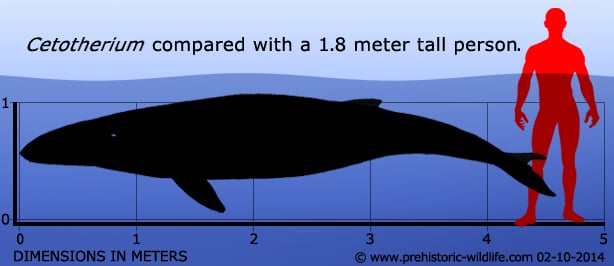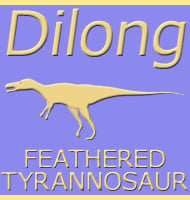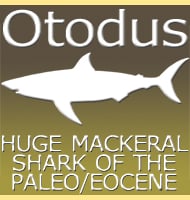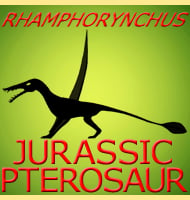In Depth
Cetotherium represents one of the earlier members of the Mysticeti, which are more commonly known as baleen whales. The very first whales where predators that had pointed teeth for catching and killing other marine creatures such as fish and even other mammals. Later whales like Cetotherium diversified to take advantage of an alternative food source, and developed baleen to strain small organisms out of the water. Although small, these organisms would have been caught in such quantities that they would have provided ample sustenance for such a large creature.
Because of its dietary preference, Cetotherium would have stayed quite near to the surface of the ocean where its main food source would be. However despite its size, this was a very dangerous level of water to be in given the presence of truly gigantic predators such the shark C. megalodon and even other whales like Livyatan. Compression damage to the vertebra of some whales strongly suggests that these predators would dive down deep and then look up at their target prey which would have been silhouetted against the light of the surface. The popular conception is that the predator would ram into the belly of the whale at high speed, damaging the vertebrae as they impacted together in the arc from the impact, and the whale being stunned or winded would be unable to escape. With this in mind it seems plausible that whales like Cetotherium would have formed an intermediary place in the oceanic predator chain, itself a consumer of small organisms like krill en masse, but consumed itself by the apex predators.
Further Reading
– De cetotherio, novo balaenarum familiae genre in Rossia Meridionali ante aliquot annos effoso. – Bulletin de La Classe Physico-Math�matique de L’Acad�mie Imp�rial des Sciences de Saint P�tersberg 1(10-12):145-148. – J. F Brandt – 1843.










